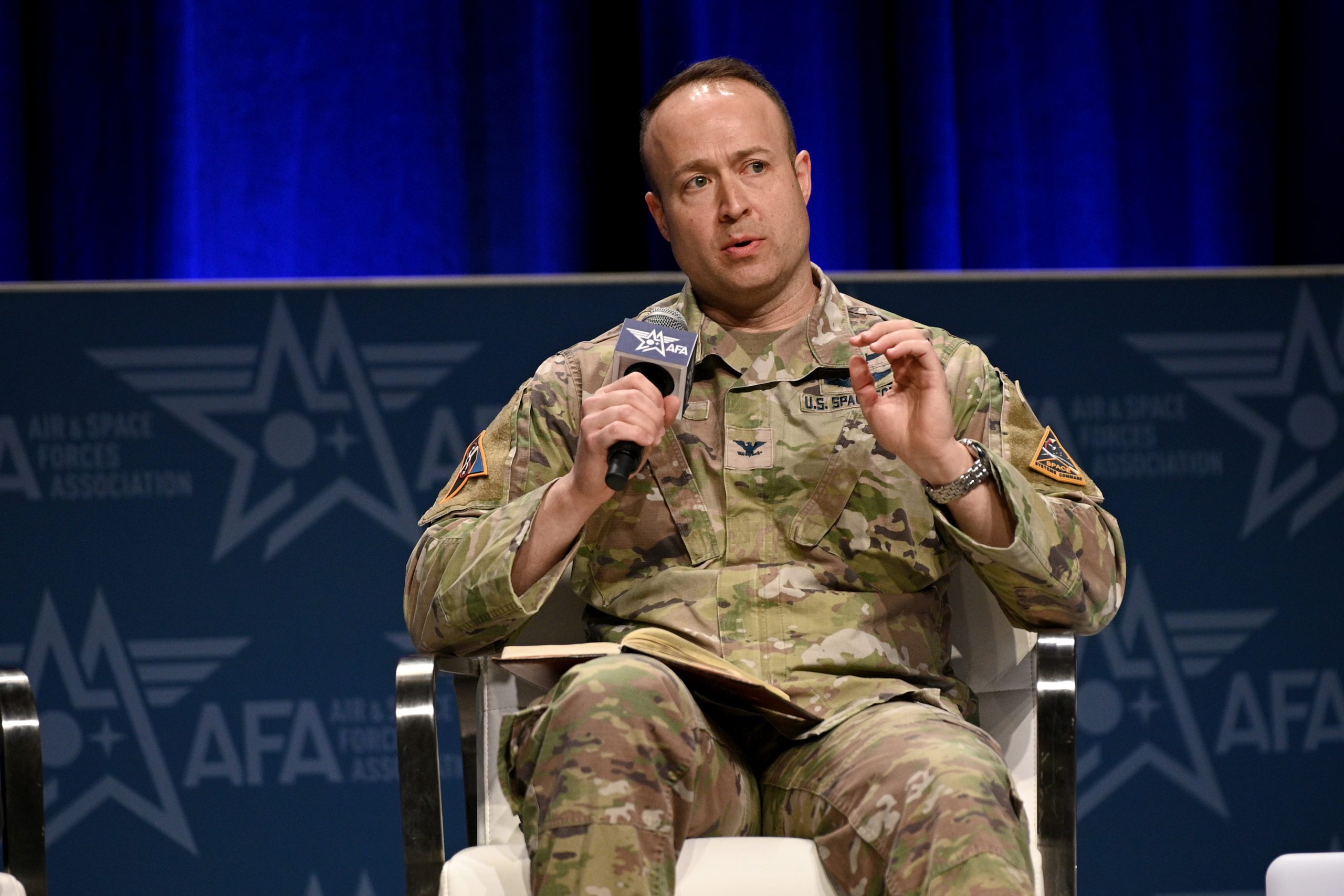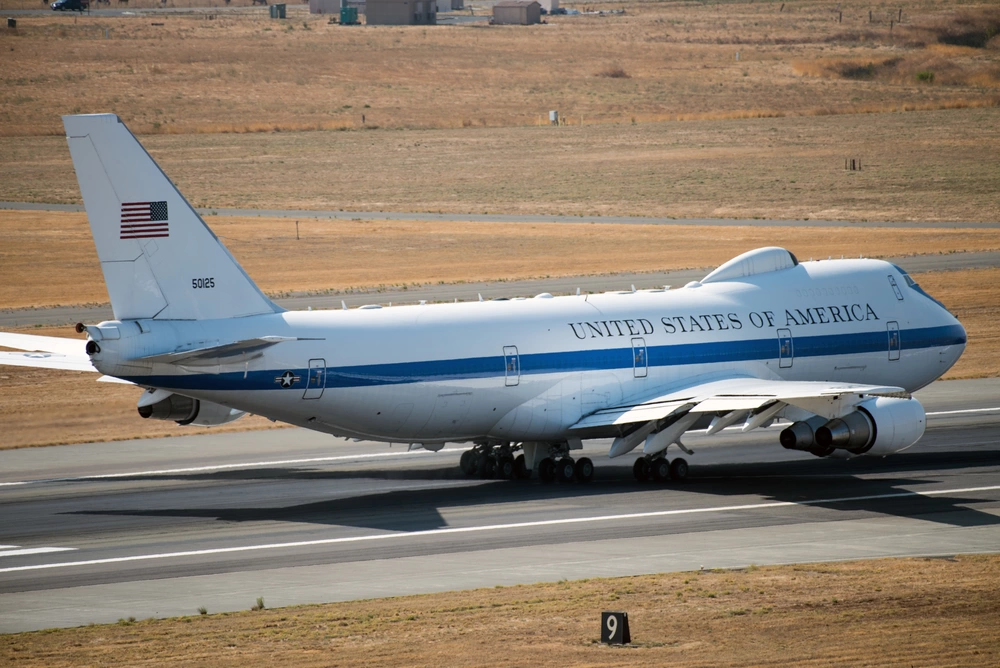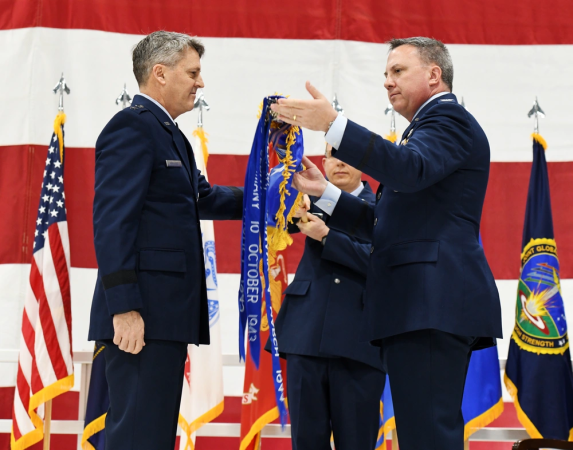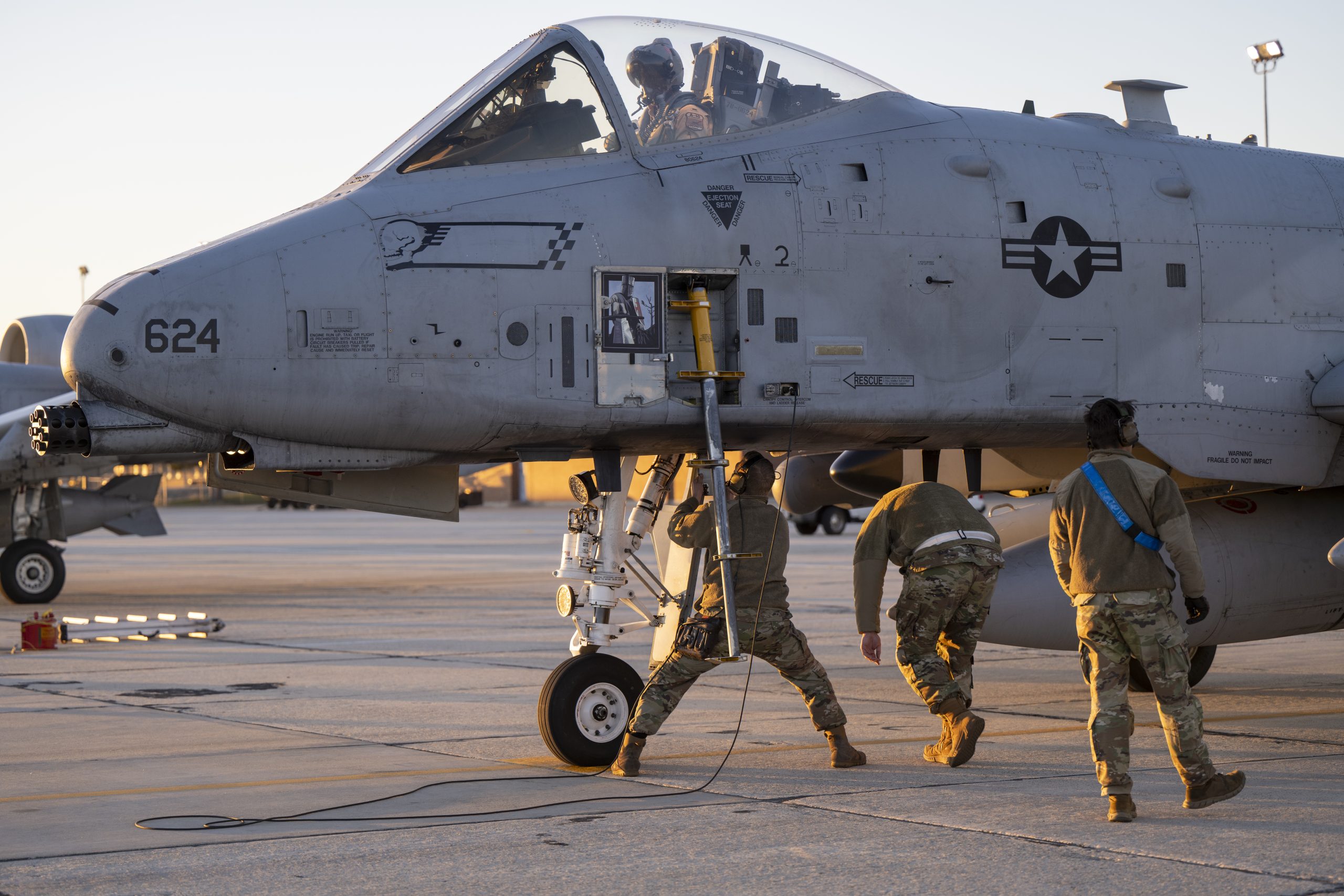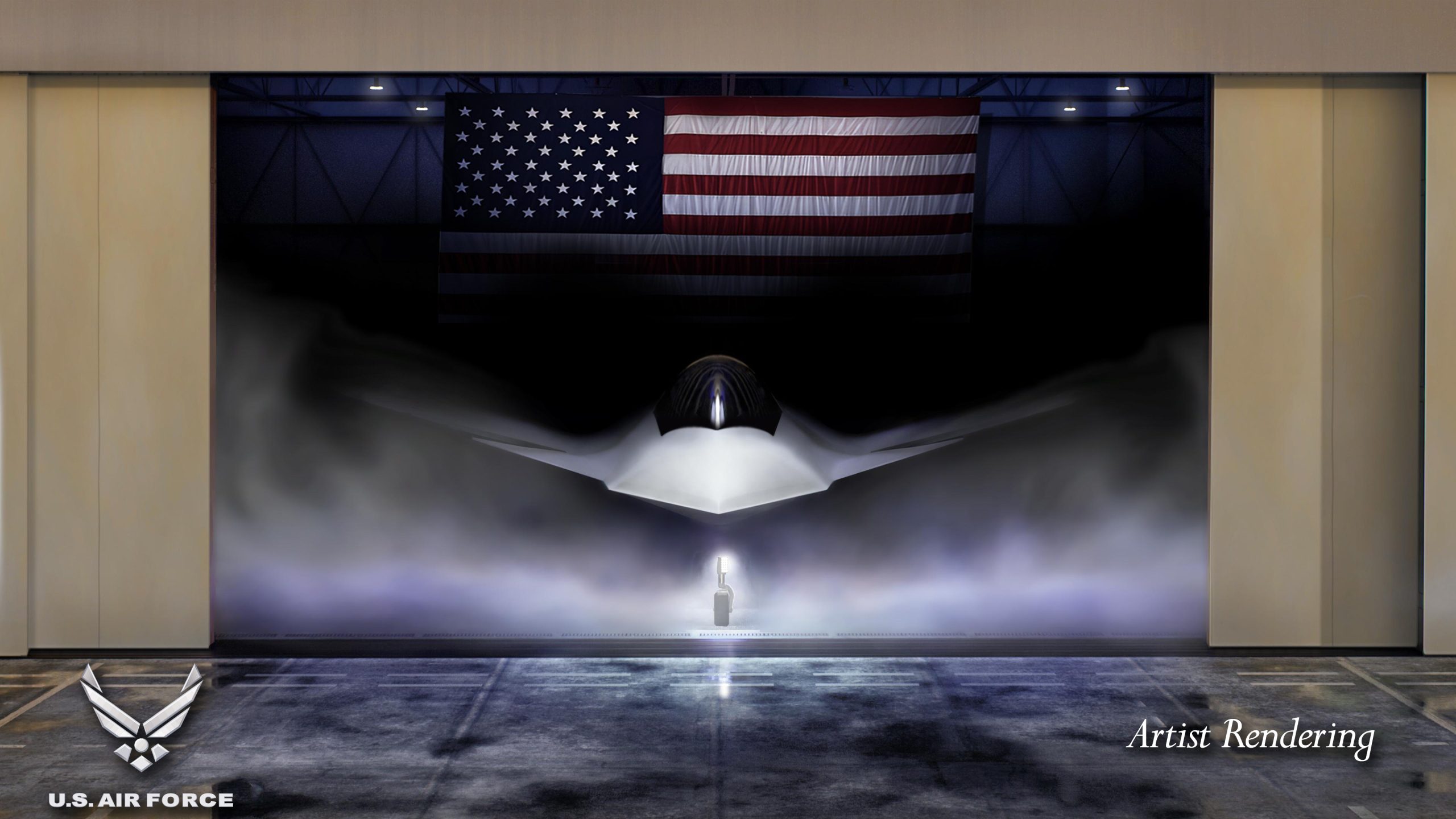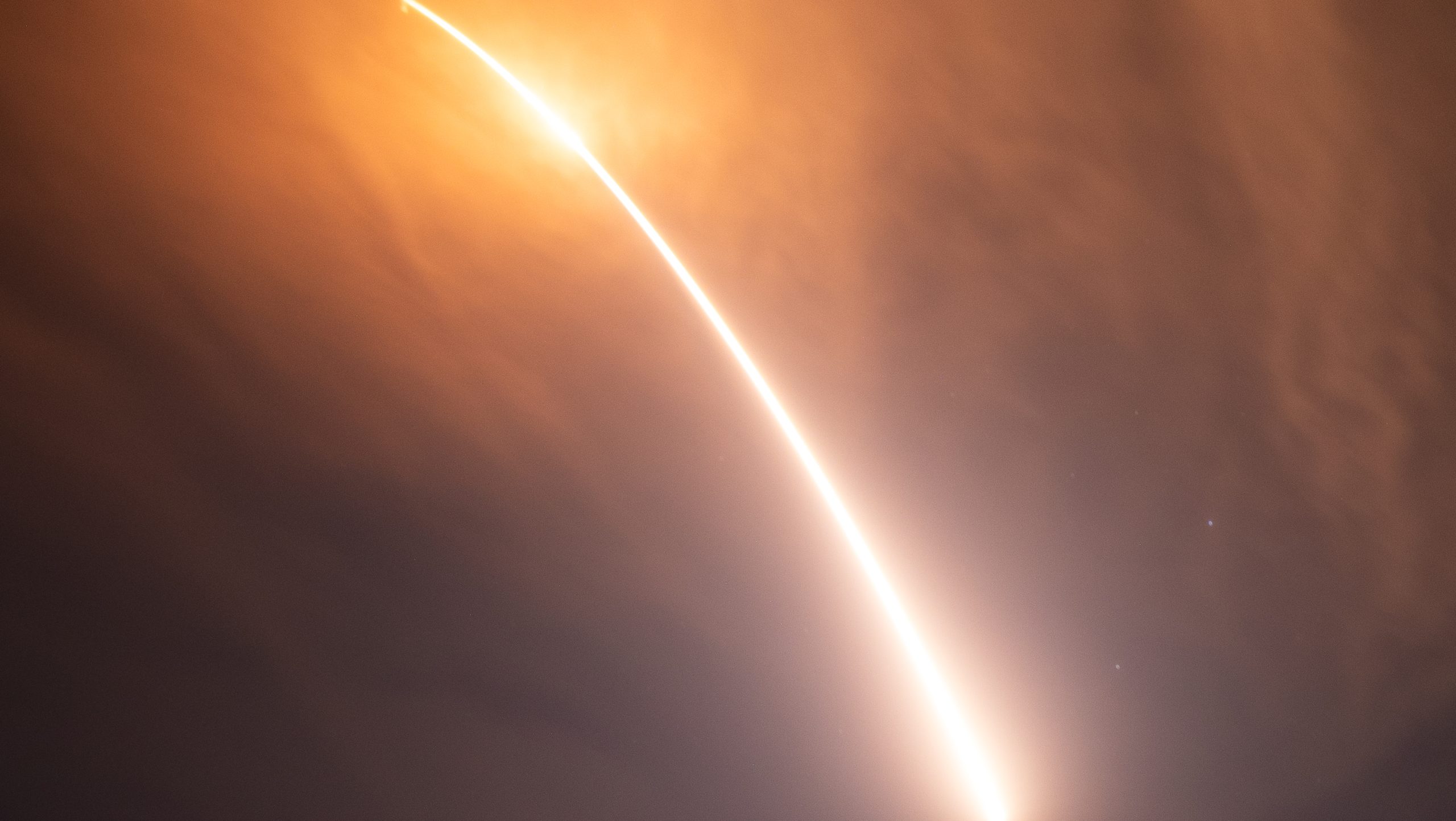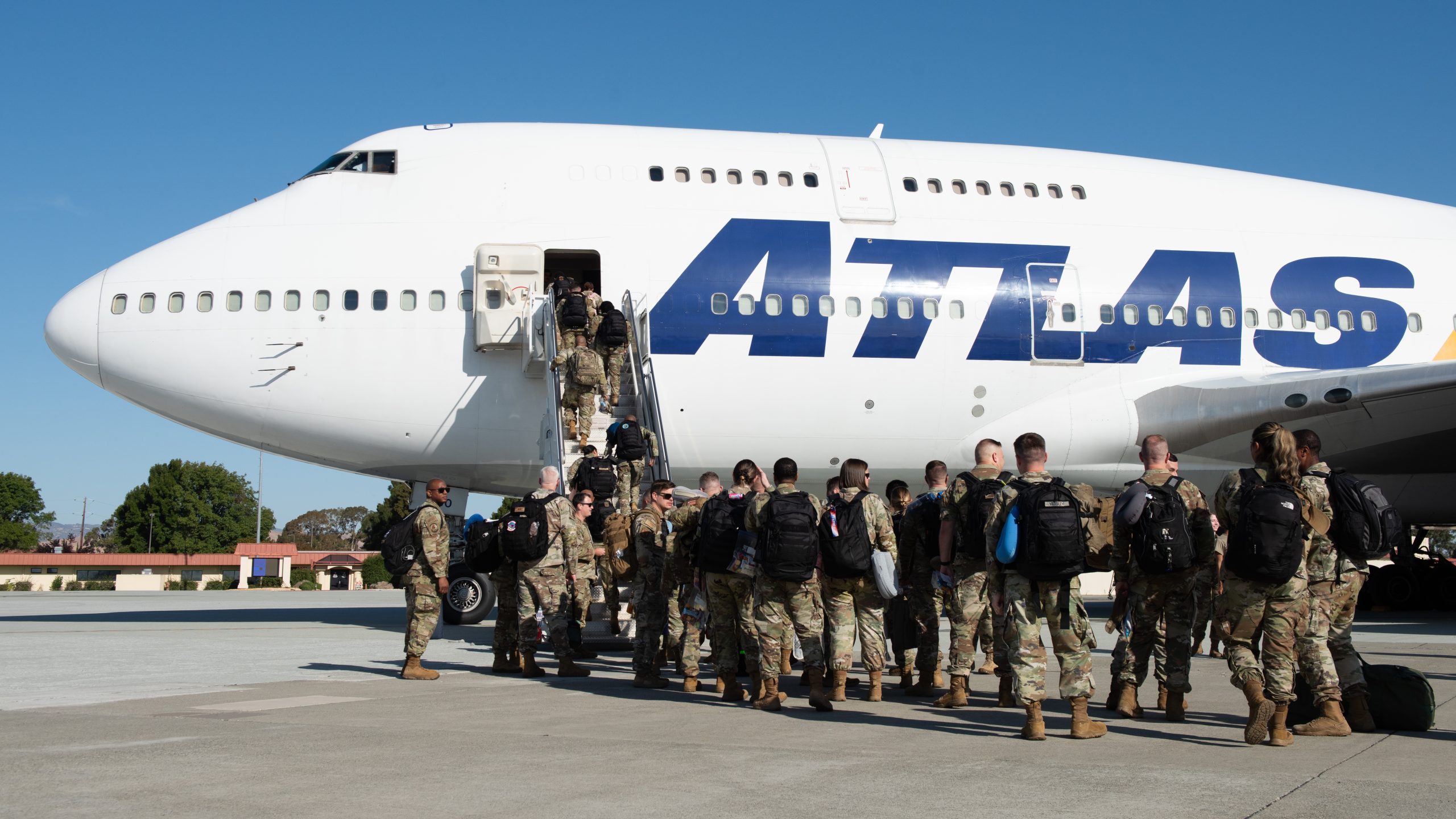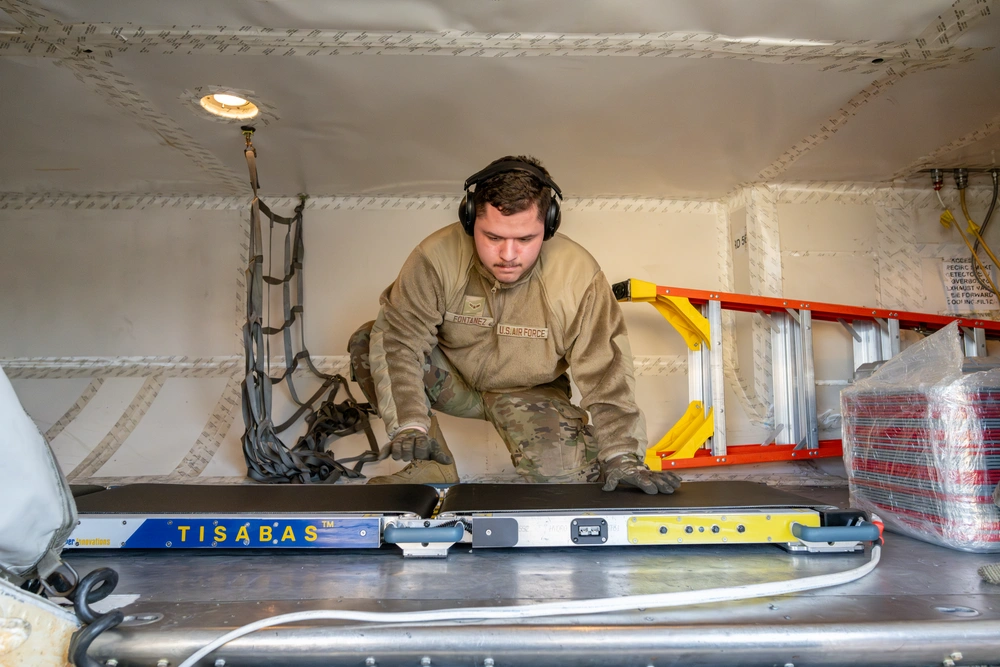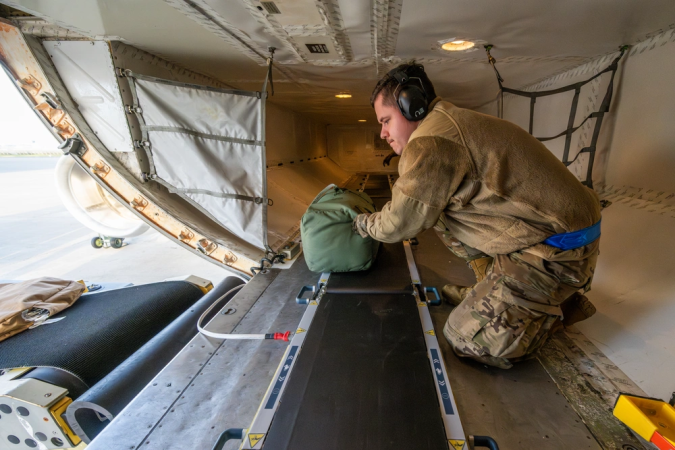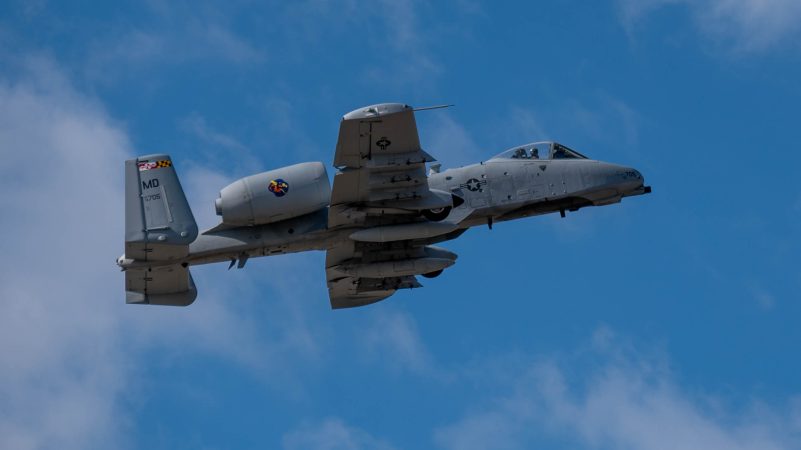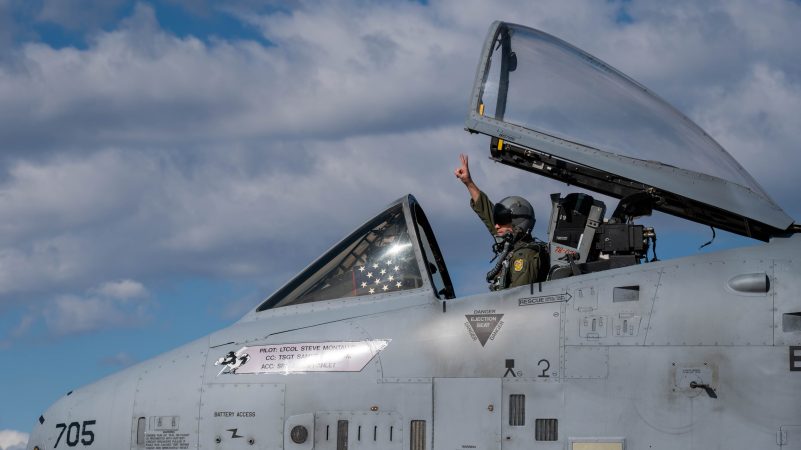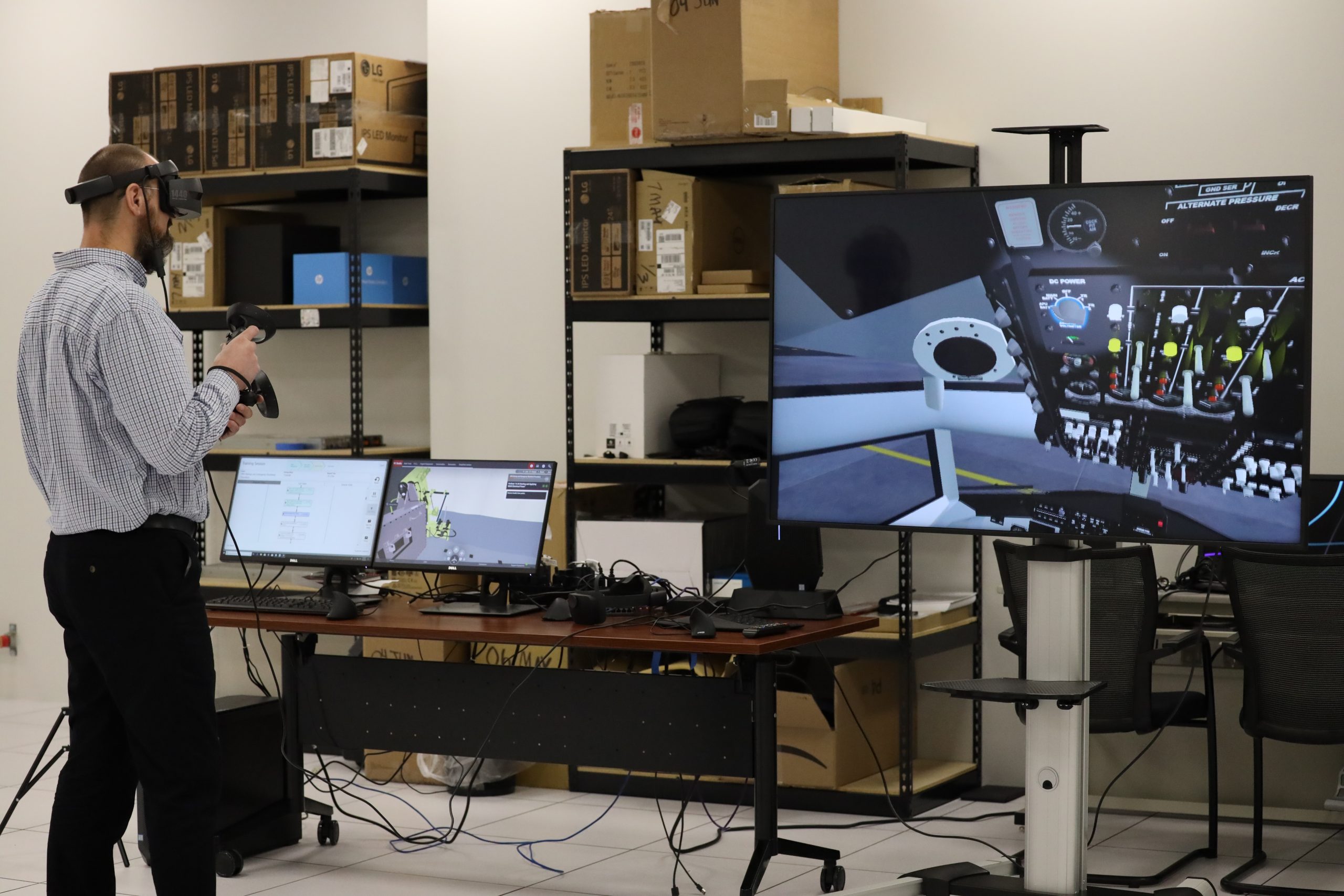The Space Force took its first tentative steps last month toward leveraging commercial space providers to augment military capabilities with four small, short-term contracts to enhance space domain awareness.
The first contracts under the Commercial Augmentation Space Reserve program total just $1.1 million for 90 days beginning March 1, Col. Richard Kniseley told Air & Space Forces Magazine. More deals will follow.
“Most likely we will look to expand and renew,” Kniseley said. “If the right budget comes into place, we will expand into additional members. Even when the pilot programs are going on, we’re keeping an eye on other companies that we want to onboard at a later period.”
CASR is an attempt to create a space complement to the Air Force’s Civil Reserve Air Fleet, which leverages commercial airlines to provide aircraft and crews available in times of crisis in exchange for day-to-day contracts. Similarly, the Space Force wants to establish pre-set agreements to leverage commercial satellites in times of conflict or crisis.
“What we’re attempting to do in CASR is to establish the acquisition contracting framework to ensure that the capabilities will be there” when needed, Kniseley said. “But within that framework, we’re able to get commercial more involved.”
The very nature of conflict in space is part of the challenge. The Space Force chose to start with “pilot” agreements so program directors can learn as they go, unsure of all the nuances such agreements might need over time. The biggest difference: “A commercial airliner will not go into a [war zone],” Kniseley said. But the same can’t be said of space assets. “Space is operating over China and Russia every single day. Even if they are not on contract, a lot of them are in the fight—they’ve been getting cyber attacked. They’ve been receiving certain level of threats.”
Crucial differences and questions like whether the Pentagon will act to protect companies in the event they are attacked; how companies will be compensated if they are attacked and/or damaged; and whether agreeing to support the Space Force might require space companies to curtail use by other customers are all open to debate.
While those details are being worked out, Kniseley said his team is experimenting. Those first four CASR pilot contracts are “executing under normal DOD terms and conditions,” Kniseley said. The Space Force is not naming the firms over concern that identifying them could make them targets. The contracts give the service a baseline level of capability and pre-fixed prices for “surges.” In return, companies get to participate in wargames and exercises, opening a valuable window into military space operations.
The likely next mission area for CASR is satellite communications. A recent wargame with commercial SATCOM providers sought to better understand how commercial services could be integrated into military systems and processes, Kniseley said. Chief of Space Operations Gen. B. Chance Saltzman has cited commercial satcom as a natural fit for CASR.
“We know that the demand signal for satellite communications is almost unlimited—it’s an insatiable appetite for that kind of capability, certainly more than the government can put on orbit,” Saltzman said while visiting AFA’s Mitchell Institute for Aerospace Studies last week. “When we go to crisis or conflict mode, we know we’re going to have an increase in the needs for satellite communications. And so the idea was, well, we can use this kind of Commercial Augmentation Space Reserve construct to pre-negotiate our contracts, talk about what we’ll need, talk about all of the work that has to be done, so that when the crisis kicks off, that’s all behind us, and we can sign on the dotted line and immediately, or near immediately, have access to more capacity.”
Kniseley said he hopes to add CASR contracts for satellite communications within the next six months. Still more missions could follow: tactical surveillance, reconnaissance, and tracking, for example, and “small launch”—the ability to get a small payload into space in a hurry. The Space Force has experimented with ways to be tactically responsive in rapidly launching space missions.
“I’m pretty hopeful by the end of the year, you’re actually going to see your first set of full CASR members as well,” Kniseley said. “So the program is definitely going full steam ahead.”
